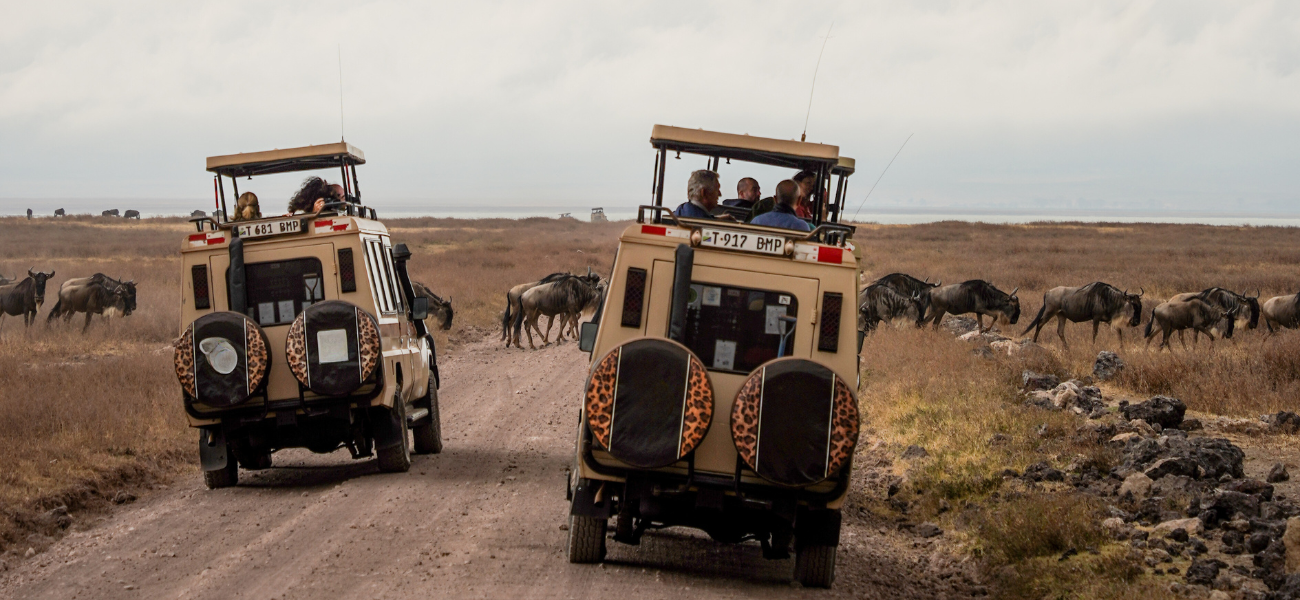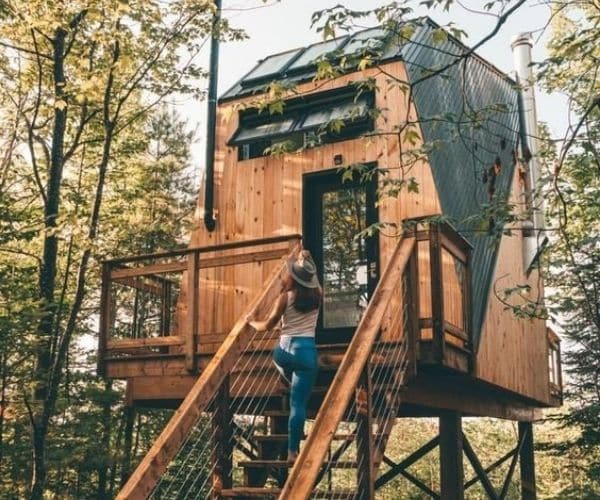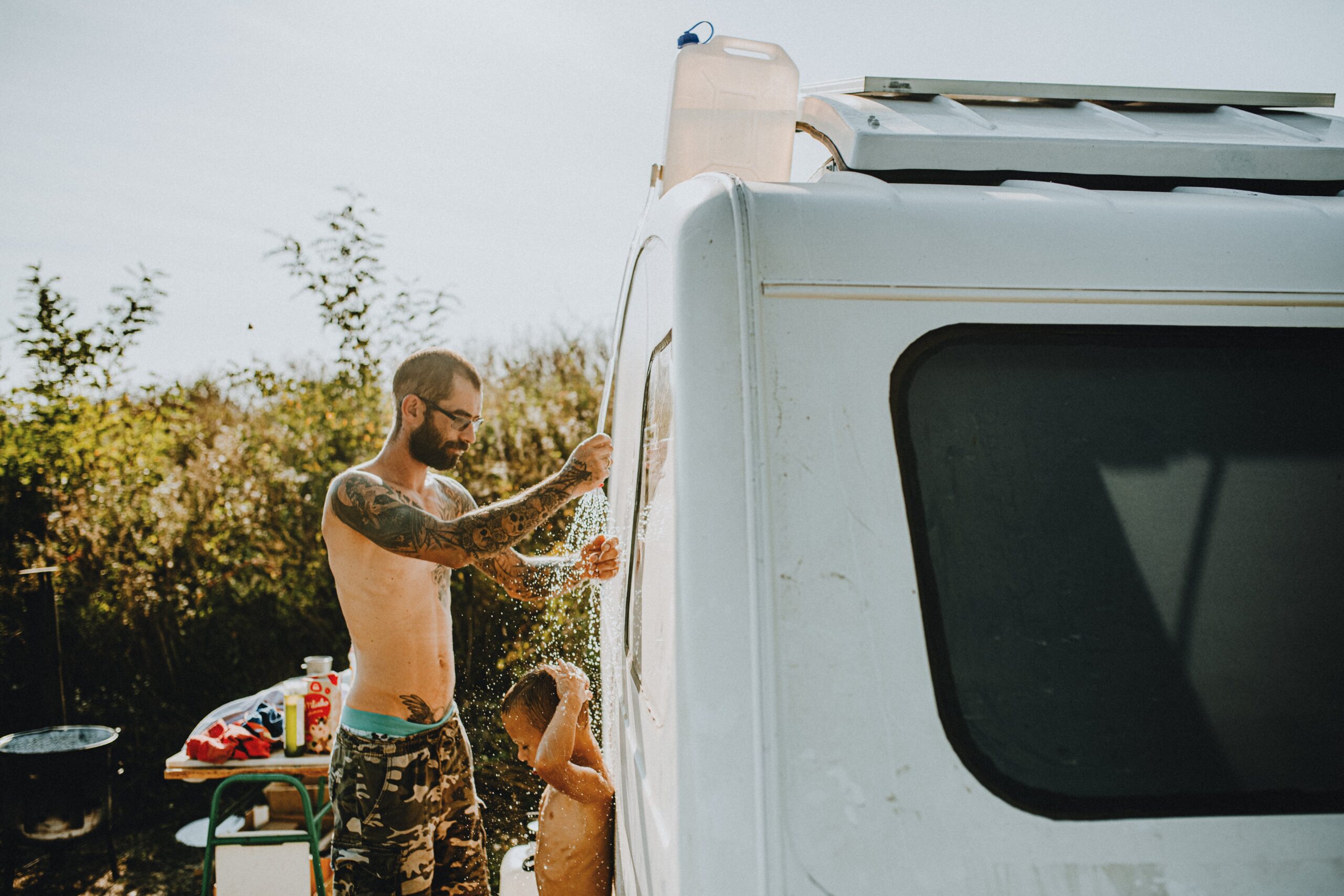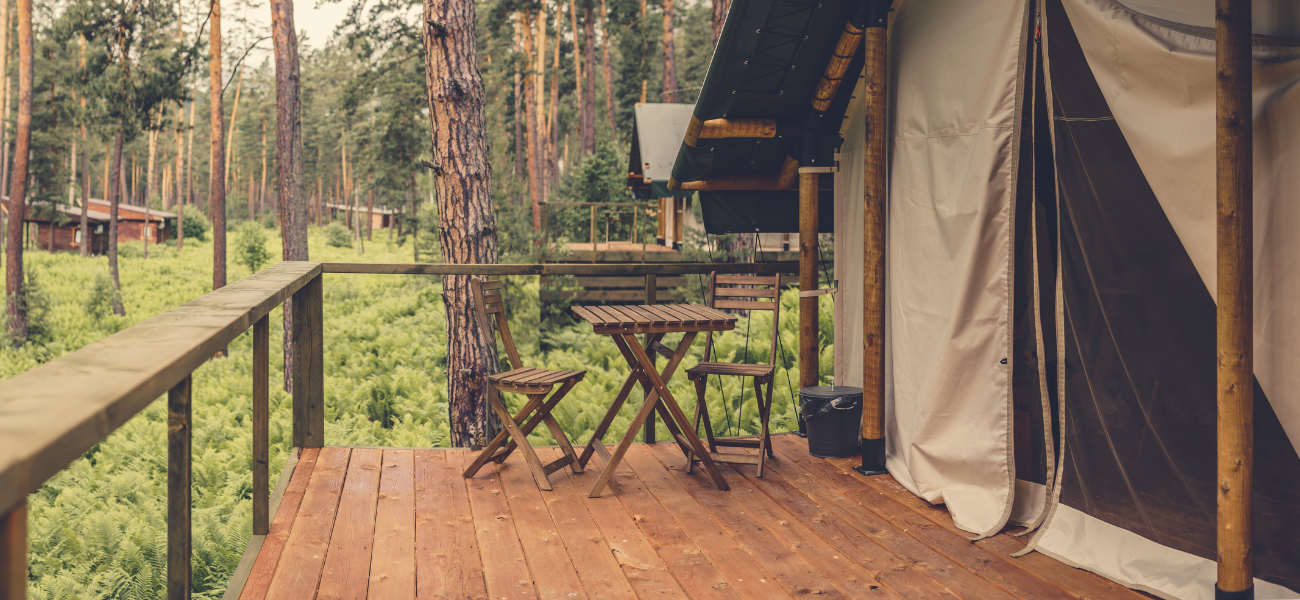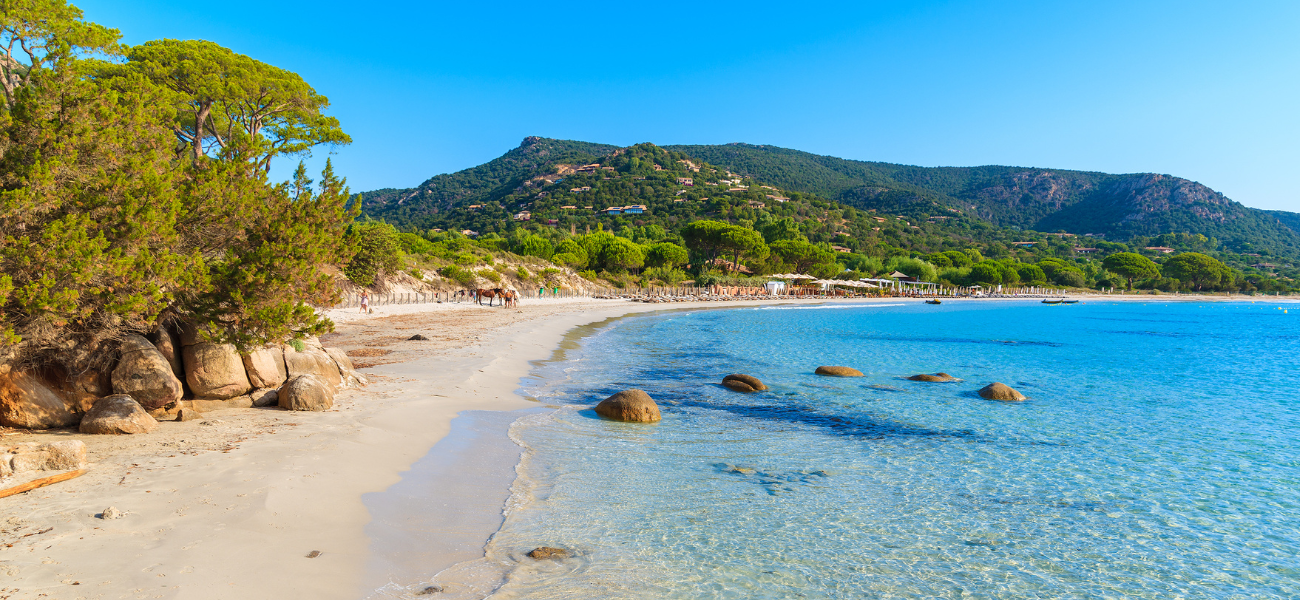Unleash your inner explorer and witness the majestic beauty of Africa’s wild heart—join us for the ultimate wildlife safari in Tanzania!
If the idea of African wilderness makes you want to grab your binoculars and buy a plane ticket, you’re in the right place.
Did you know that you can now explore the Serengeti Plains on a Safari in Tanzania with Campsaround? You just pick the dates, and we will do the rest.
To give you the best possible advice and reliable information, we went on a Tanzania safari ourselves this summer, and here’s what we experienced and learned in the untamed African wilderness. Keep reading to hear all about it and learn all the information you might need.
When Should I Plan My Tanzania Safari Adventure?
The first question that crossed our minds was, “When is the best time to embark on this thrilling journey?”
Visiting this stunning land of ever-changing landscapes should be carefully planned because the timing of your safari can make all the difference.
Tanzania is close to the equator, so the temperatures don’t change much throughout the year, and the average temperature stays around 20–30 degrees. However, there are two rainy seasons, which could dampen your adventure a little. We say to opt for the dry season, which lasts from May until October and is ideal for wildlife viewing.
The animals gather around water sources, which makes for incredible sightings. The most attractive event in the Serengeti is the Great Wildebeest Migration, and you can observe it for multiple months. During late June and July, the Great Wildebeest Migration appears in the north-western Serengeti. And in August, you can spot the herds in the northern parts of the Serengeti.

What Should I Pack for the African Wilderness?
Packing for a safari adventure requires careful consideration.
Safari rides are safest when you wear protective and neutral-colored clothing that blends with the environment. To prevent frightening wildlife and attracting tsetse flies, we advise wearing thicker fabrics and earthy tones. Another piece of friendly advice is to stay away from camouflage patterns; they’re reserved for the military.
Our packing list also included comfortable walking shoes, sunscreen, insect repellent, and a good camera to capture the incredible moments. On top of that, you can throw in a pair of binoculars for even cooler views.

How Safe is a Tanzania Safari Ride?
Safety was a top priority as we ventured into the wilderness.
We learned that safari rides with knowledgeable guides who prioritize your well-being are very safe. The most important thing is to follow their instructions, and they will ensure you have a safe and awesome experience.
What is the Ideal Duration of a Safari in Tanzania?
One of the most debated questions among us was, “How many days should we dedicate to this adventure?” We discovered that a 5-day safari trip is ideal. It gives you enough time to explore Tanzania’s diverse wildlife at a pace that’s not too fast. The perfect balance between adventure and relaxation is simply the best of both worlds.
How to Navigate to and Around Tanzania?
Navigating our way to Tanzania was fairly easy. There is a larger, international Kilimanjaro Airport, which caters to international travelers, and a smaller, regional Arusha Airport, which serves mostly domestic travel.
Once in Tanzania, we could rely on the transportation that came with our safari vacation package. Because your Tanzanian adventure takes you through national parks and reservations, you’ll have to rely on the transportation the resort provides. The resort even offers airport pickup and drop-off services, so there’s no need to worry.

What Travel Documents Do I Need to Go on a Safari in Tanzania?
To ensure a smooth entry, we needed a valid passport and a Tanzanian tourist visa.
It is very easy to obtain either at a Tanzanian Embassy or at any border post. The Tanzanian Tourist Entry Visa costs USD 50 per person for Europeans and USD 100 per person for Americans and is valid for 3 months.
Just a reminder: make sure to check the latest visa requirements and ensure your documents are up-to-date before you travel.
How Much Does a Tanzania Safari Vacation Cost?
Budget and luxury packages are available to suit your preferences.
Keep in mind that the price of a safari vacation in Tanzania can vary. It depends on many factors, mainly the number of people, the time of year you decide to choose, and whether you select an affordable or luxury package. Whichever one you go with, you’ll get excellent value for money. There are no doubts about that.
You can find more details here, but to give you a rough approximation, a safari in Tanzania can cost you anywhere from 300 to 5,000 USD.
If you decide to book your safari with Campsaround, you pay 40% in advance in order to book the accommodations there and then the rest once you arrive at your resort.
What Currencies Are Used in Tanzania?
The Tanzanian shilling is the official currency, but US dollars are widely accepted as well.
We advise you to bring enough cash for most purchases and tipping, as credit card payments are available but limited.
How to Stay Safe on My Tanzania Adventure?
Before departing, make sure you check your country’s vaccination requirements.
In our case, we found out that Greece recommends immunizing against hepatitis A and B and malaria. We checked our local pharmacies and received a hepatitis vaccination, which cost us 80 euros (both A and B). Regarding malaria preventative pills, those were very difficult to find, so we opted not to take them.
No worries; we have other tips on how to stay safe while exploring Tanzania.
Things to Do to Stay Safe on a Safari in Tanzania:
- Wash your hands often
- Drink only bottled water or carbonated drinks in cans or bottles
- Eat only thoroughly cooked food (including fruits and vegetables)
- Protect yourself from insects (use repellents and mosquito nets, and wear long-sleeved shirts and long pants)
Things to Avoid on a Tanzanian Safari:
- Tap water, fountain drinks, and ice cubes
- Dairy products unless you know they have been pasteurized
- Food purchased from street vendors
- Walking barefoot
- Touching animals (especially monkeys, dogs, and cats) to avoid bites and serious diseases (including rabies and plague).
- Swimming in freshwater, including Lake Malawi. The sea is usually safer.
What You Need to Bring with You:
- long-sleeved shirts and long pants to wear while outside whenever possible, to prevent illnesses carried by insects.
- Insect repellent containing DEET (30%–35% strength for adults and 6%–10% for children)
- Over-the-counter antidiarrheal medicine to take if you have diarrhea
- Iodine tablets and water filters can be used to purify water if bottled water is not available
- Sunscreen, sunglasses, and a hat
- Prescription medications, as well as a copy of the prescription(s)
Tanzanian Cuisine During Your Trip
Dining in Tanzania is another way of experiencing the country’s diverse culinary heritage.
Our taste buds were in for a treat. Tanzanian cuisine is full of amazing dishes made with local fruits, vegetables, and meats. You should surely try delicious Ugali, Kachumbari, Nyama Choma and so many more. But don’t worry, if you’re not a culinary adventurer, there are also dishes you’ll recognize from international cuisine.
What Are the Itinerary Options for My Safari Adventure?
As we already mentioned, there are two options for you to choose from. The affordable safari package and the Luxury safari package.
Here is a guide to your dream adventure. Check out your options and put together a unique wildlife experience.
What’s the Tipping Etiquette in Tanzania?
Tanzanians appreciate polite gestures of gratitude. We learned that tipping guides, drivers, and staff at lodges and restaurants is customary and goes a long way in showing appreciation for their services.
On top of that, it is common for locals to ask you to pay for a picture with them. Don’t be surprised by their negotiating culture. You will be expected to always negotiate the price of literally everything. That’s just how things are in Tanzania.
What Are the Lodging Options?
Accommodations ranged from lodges to tented camps, and they were all very comfortable and pleasant to stay at. You’ll find that all the accommodations have very high standards. Our stay included services we truly didn’t expect. There was a spa with different procedures and even a clothes-washing service.
Another wonderful thing about accommodation in Tanzania is that it is very sustainable. The lodgings rely on reusable energy sources to protect the beautiful Serengeti.
If you’d like more details, check out the detailed itineraries. Click here for a Luxury Tanzania Safari and here for a Midrange Tanzania Safari.

What Will My Daily Program Be Like?
Refer to the itineraries mentioned above for more details because your safari package will determine your daily schedule.
However, we can tell you what you can expect on your Tanzanian safari adventure.
Generally, your day will start very early. Breakfast is served at 6 a.m., and the game rides take place between 7 a.m. and 5 p.m. That’s because in Tanzania, the sun sets early all year, and you must be back at your resort before dark.
Now to the fun part. Here’s a little sneak peek at what we saw and experienced, just like you will.
The Fascinating Culture of the Maasai
Our journey took us to the heart of the Maasai culture, where we were welcomed with open arms. Their traditional way of life, colorful attire, and strong connection to the land and its wildlife captivated us. The populous Maasai tribe leads a semi-nomadic lifestyle because of their livestock, which requires fertile land. They used to hunt lions to prove their bravery and protect their livelihood; now, however, they live alongside them and protect them.
Tanzania’s Diverse Wildlife
The highlight of our adventure was undoubtedly the wildlife. From majestic lions, graceful giraffes, elusive leopards, colossal elephants, elegant antelopes, and ponderous rhinos and hippos to graceful flamingos.
So make sure your camera is ready to capture the stunning natural spectacle that awaits you.

In conclusion, our Tanzania safari was an unforgettable journey of discovery, adventure, and awe-inspiring encounters with Africa’s wild wonders. Whether you seek a luxury Tanzania safari experience or an affordable adventure, we can provide either one. So pack your bags, book your safari, and prepare to be amazed by the magic of this African paradise.

